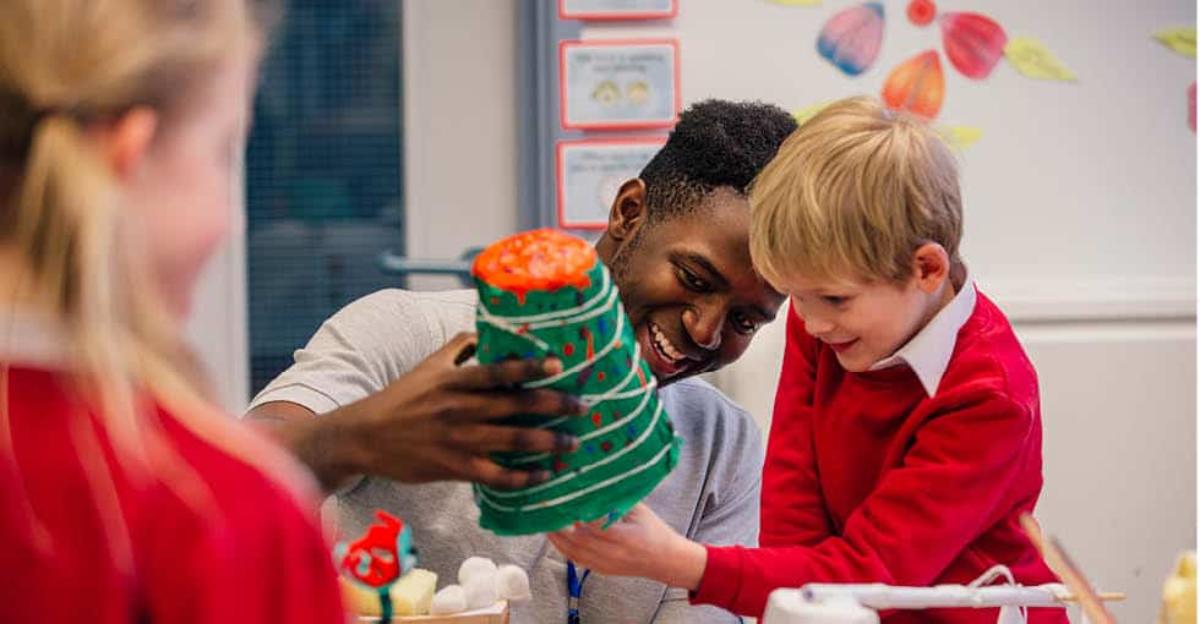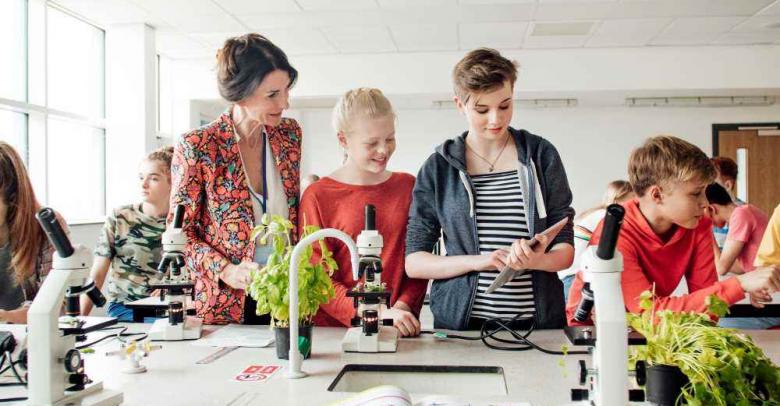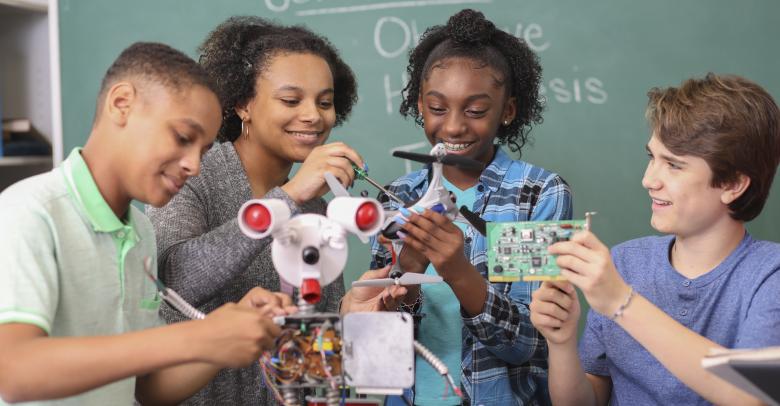The integration of art into the curriculum for subjects like math and science has been shown to increase understanding and retention, and aids in the development of creative problem-solving skills. The art integration concept introduces tactics that teachers have known for a long time, namely, that bringing creativity into the classroom keeps students engaged. Read on and learn more about what is involved in art integration and examples of how it’s possible to integrate art concepts into lesson plans.
What is Art Integration?
The term integration means combining one thing with another to create a new whole. Art integration is an approach to education in which lessons are taught and assessed through naturally-aligned art concepts. Students are given the opportunity to construct and demonstrate understanding through various art forms that readily align themselves to the given objectives.
The integration of art does not replace valuable lessons but edifies them by offering an alternate perspective from which to view and grasp key concepts. Not only has art integration been shown to have a positive effect on standardized test scores but has made a dramatic difference in student attendance where it has been implemented.
Art Class vs Art Integration
The separation of classes in elementary school makes it easier to highlight the distinction between subjects and ensure that the foundations of each subject are covered. For example, before art and math can be integrated, both the foundational concepts of the art and the math lesson must be taught and understood before the two subjects can then be extended through an integrated project or task.
Adding to the curriculum by integrating two subjects like math and art requires planning, however, the added benefit is student engagement in a way not explored with other methods. Applying the knowledge learned in science in an art integrated project could help students to fill gaps, and it can allow time for educators to see which students have a need for intervention. It can also serve as enrichment for students who need more than the general curriculum.
Why Does Art Integration Work?
Art integration curriculum is developed so that the math concepts, for example, are strengthened through the partnering of the creative element. When the math concepts can be applied to a creative project or activity, it works as a reinforcement. The creative work gives students an additional connection to the material in their minds, helping them to remember and apply the information.
A recent test in six, Los Angeles Title I schools reported a significant 24 percentage point increase in the number of students who scored proficient after using Learn It By Art® Art Integration Math Kits that target specific math skills. These gains occurred in the most challenging math domains and against the most difficult core standards for students in Grades K through 5.
Integrating Art When You’re Not an Art Teacher
The best part of art integration is that educators don’t need to be talented artists to offer their students the benefits of integrated lessons. As a primary role model, teachers can show students that the arts are for everyone, and that the diversity in method and mindset are what makes the arts an important addition to STEM subjects, turning STEM into STEAM!
Specialized, comprehensive Learn It By Art® Art Integration Math Kits are developed with ease of use in mind, and designed for busy teachers. The innovative lesson plans offer hands-on activities and all the necessary materials. Ready to use right out of the box, the K-5 art integration math kits include additional research, informational resources, and more. Download sample activities and lesson plans online and see how art integration could improve your students’ educational experience.






Leave a Reply